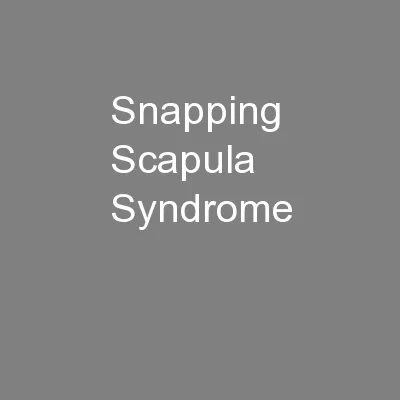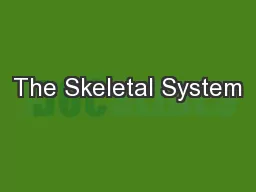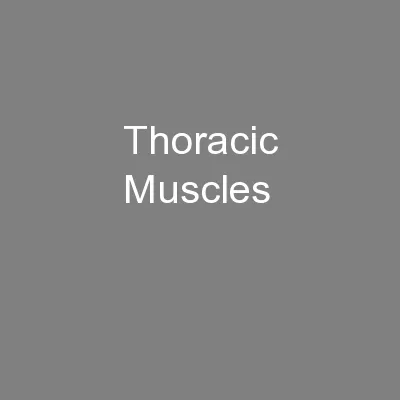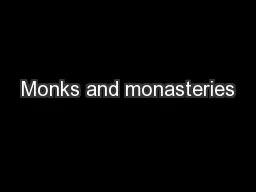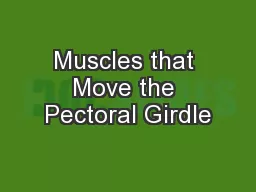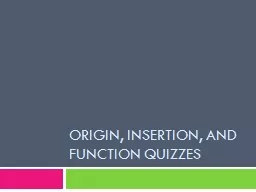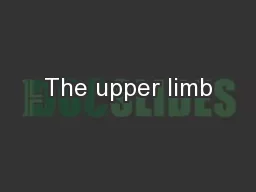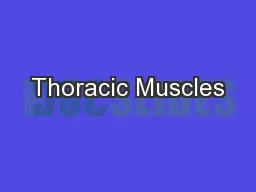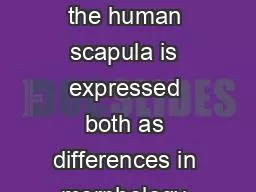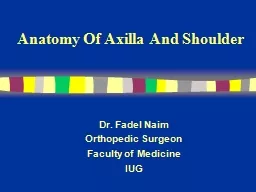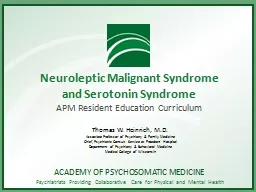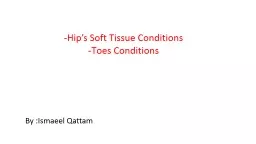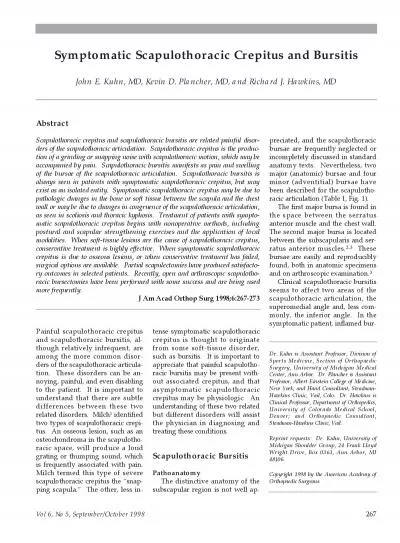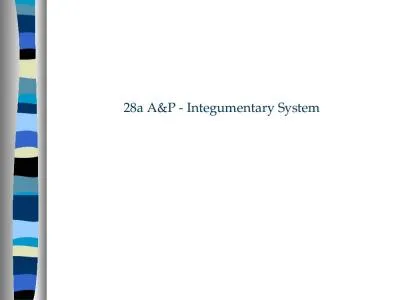PPT-Snapping Scapula Syndrome
Author : liane-varnes | Published Date : 2016-07-08
Robert Whittaker SPT University of North Dakota Overview First described in 1867 by Boinet 1 Mauclair later described 3 subclasses Froissement physiologic friction
Presentation Embed Code
Download Presentation
Download Presentation The PPT/PDF document "Snapping Scapula Syndrome" is the property of its rightful owner. Permission is granted to download and print the materials on this website for personal, non-commercial use only, and to display it on your personal computer provided you do not modify the materials and that you retain all copyright notices contained in the materials. By downloading content from our website, you accept the terms of this agreement.
Snapping Scapula Syndrome: Transcript
Download Rules Of Document
"Snapping Scapula Syndrome"The content belongs to its owner. You may download and print it for personal use, without modification, and keep all copyright notices. By downloading, you agree to these terms.
Related Documents

